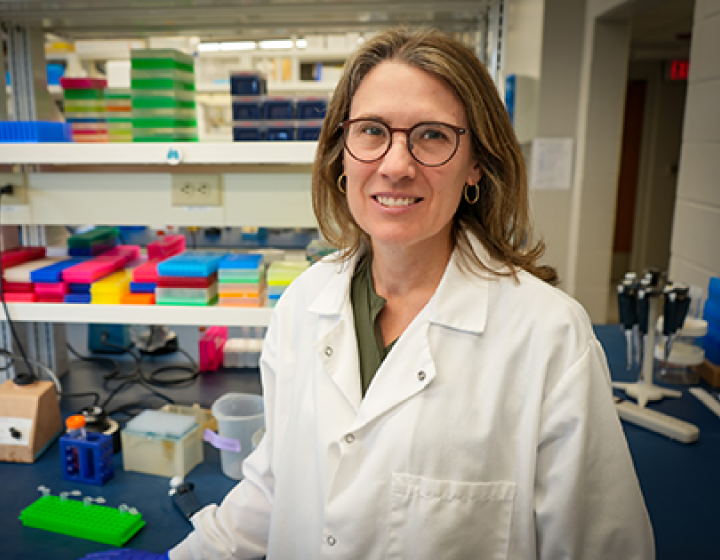How vaccines work
As the global and national vaccination efforts for COVID ramp up, many still have questions about how this time-honored public health tool works inside the body. To answer these questions, Cornell University College of Veterinary Medicine scientists and educators produced a short animation to show exactly what happens when you get your COVID vaccine.
Simply put, vaccines train the immune system on how to respond to pathogens before you encounter them, thereby protecting you from an infection.
The vaccine is made up of an antigen — a tiny portion of the virus itself — and an adjuvant, a “whistleblower” that tells immune cells to look out for invaders. When these components are injected into the body via a shot, they turn on immune cells to prepare them for fighting the real virus.
This preparation starts with a sentinel immune cell picking up the viral antigen and transporting it to the closest lymph node. Once there, that sentinel immune cell uses the viral antigen to recruit and train an army of antibody-producing cells and fighting cells to recognize the full virus.
The antibodies and fighting cells enter the bloodstream to hunt down the virus and any infected cells. If there is any virus to be found, the antibodies tag the viral particles for destruction, while fighting cells destroy any infected cells.
All this cellular training takes a couple of weeks, and sometimes, even after the first vaccine dose, not enough antibodies and fighting cells have been properly trained. Thus, a booster vaccination helps train and deploy more of these specially trained immune cells to ensure all viral invaders are defeated.
While vaccines can cause swelling at the injection site, muscle soreness, swollen lymph nodes and even mild fever for a couple days, those symptoms are a sign that the vaccine is doing its job and training the immune system to fight the real virus itself.
-Video produced by the CVM Educational Support Services Department





